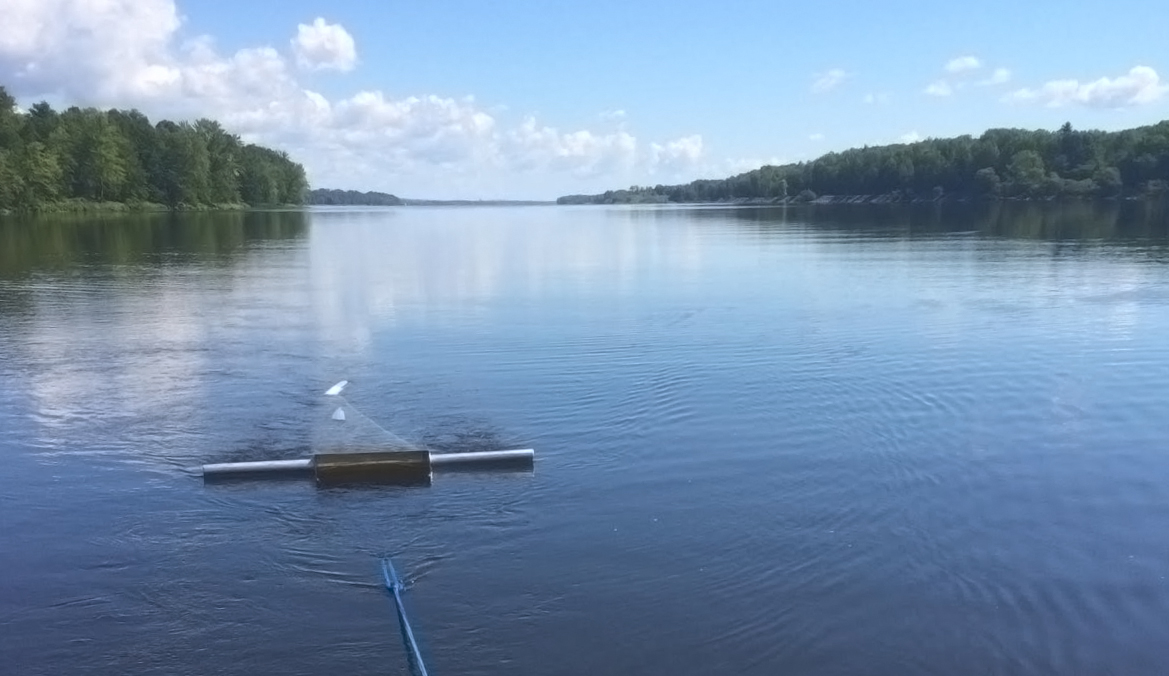Ottawa RiverKeeper, a local environmental organization, recently surveyed 500 kilometres of the Ottawa River in order to test for microplastic levels in the water.
Carleton environmental science assistant professor Jesse Vermaire was part of a team of 20 volunteers that helped complete the survey over the course of the summer. On average, 1.35 plastic pieces per 1,000 litres were found.
According to Vermaire, the amount of microplastic found is greater than the number reported to be found in the Great Lakes.
“What was really surprising to us is we find plastic in every single sample we analyzed,” he said. “This suggests that plastic pollution is prevalent in the Ottawa River.”
According to Vermaire, this plastic pollution is because every year humans produce around 300 million tons of plastic, which can take centuries or longer to biodegrade. Plastic breaks down into smaller and smaller pieces through deterioration by ultra violet rays or physical forces.
“It doesn’t go away,” he said, “so we get this build up of small plastic pieces that may enter the river.”
From there, plastic can then potentially enter the ocean and contribute to a larger scale of marine pollution.
However, the full extent of the repercussions of plastic pollution is still unknown.
“Microplastic pollution is rampant in our oceans, and recent studies of inland waterways clearly indicate that the problem also extends to our lakes and rivers,” said Meaghan Murphy, a staff scientist at Ottawa RiverKeeper, in a press release. “However, the extent of the issue in the Ottawa River has never been examined.”
According to Vermaire, “plastics act like a sponge and concentrate other contaminants in the water.”
This can be harmful if plants or animals are subjected to this plastic pollution, as they are also exposed to other forms of concentrated contaminants.
Jessica Minnie, a third-year linguistics student at Carleton, said she is worried for Ottawa ecosystems.
“Water is such a universal necessity for life,” Minnie said. “If it is concentrated so much in our waters, I can only imagine the harm it is doing around campus.”
Vermaire confirmed that though there are potential ecological dangers, the main risk to humans he can see from the plastics is that they would be “concentrating other contaminants and introducing them to the food [chain].”
“We may be exposed to them when eating fish but this has yet to be proven and may not be that substantial,” Vermaire said.
There is also an the aesthetic issue with having plastic in the river waters.
“Having lots of plastic floating in the water and washing up on beaches . . . it can be a big mess in some areas.” Vermaire said.
The federal government is in the midst of banning microbeads, which can be found in certain beauty products. Some companies have also taken steps to phase out the use of these plastics in their products.
The problem is that plastics are popular products, and globally humans manufacture, use, and discard more and more every year.
“This is a good step . . . but there is still a lot of plastic material that we use every day in our clothing, packaging, and other products we use that will be much harder to control or phase out,” Vermaire said. “Fixing it is a big job.”






